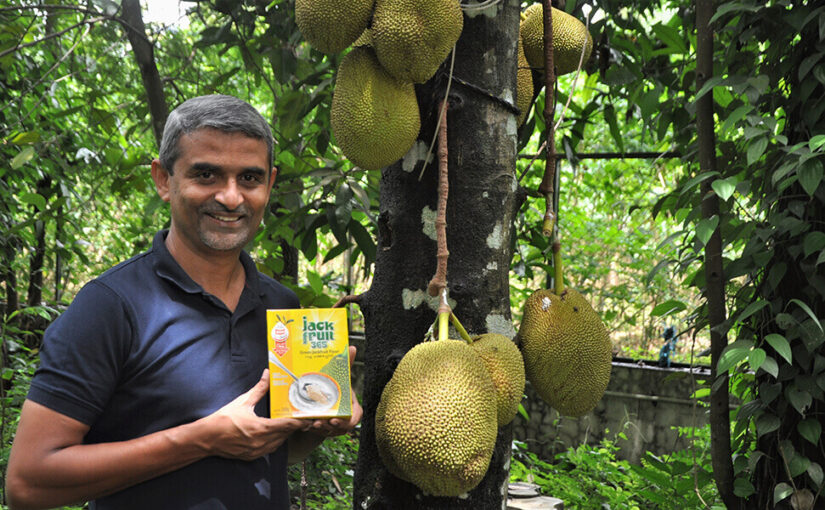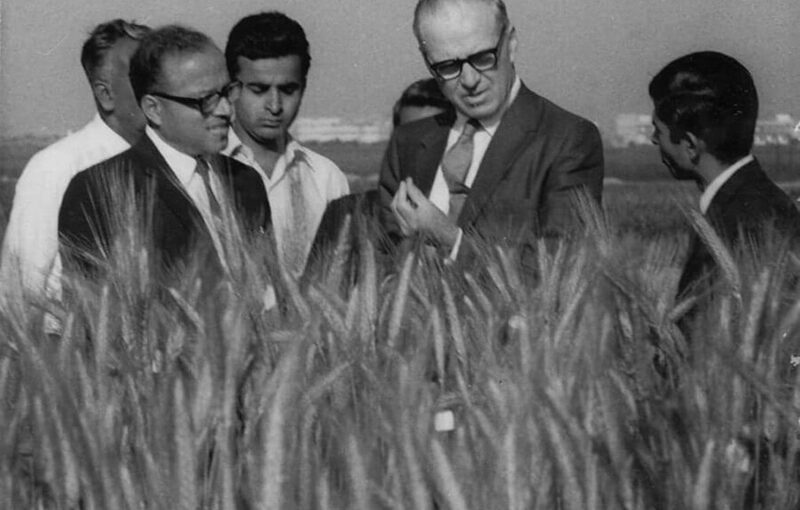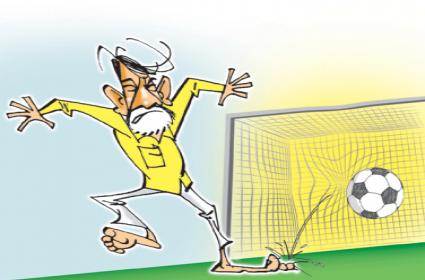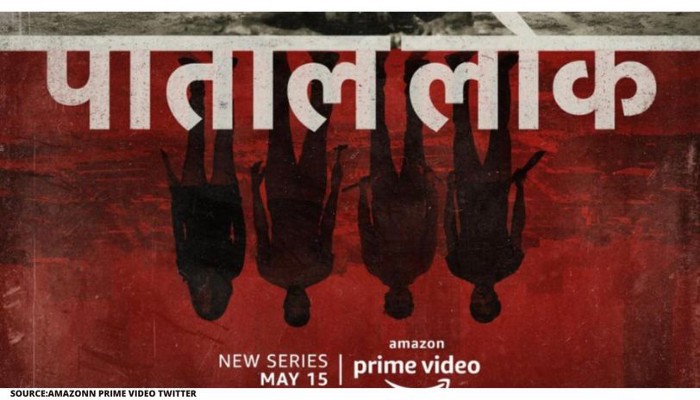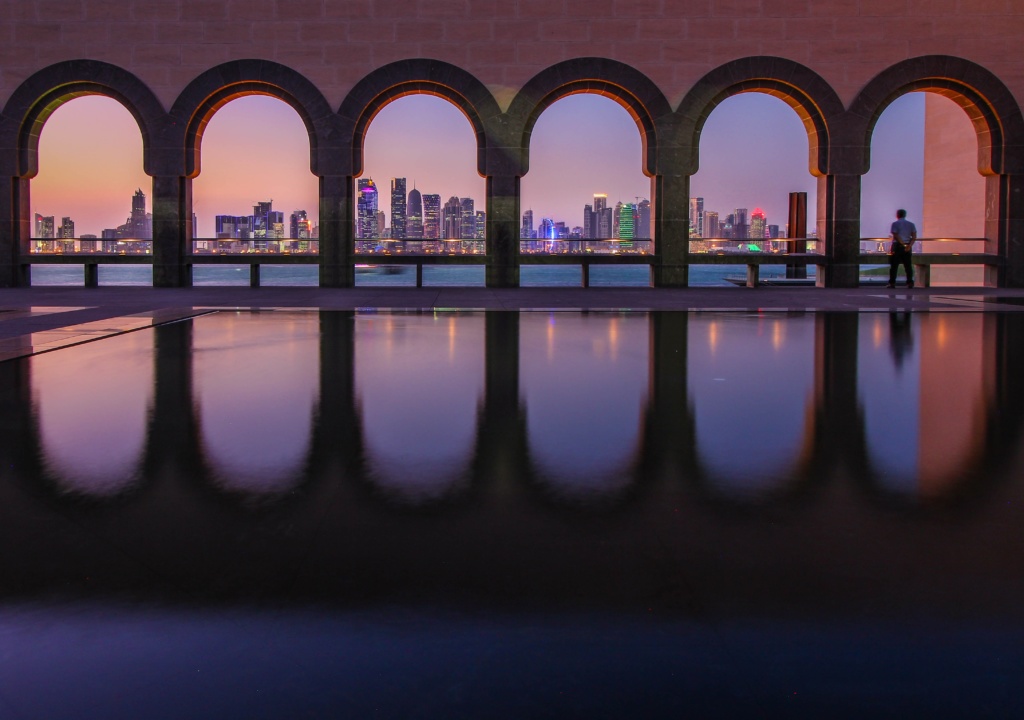On the occasion of India’s 65th anniversary of Independence, television channels CNN-IBN (now CNN News18), History Channel, and Outlook magazine jointly ran an audience poll, steered by a panel of “experts”, to ascertain the ‘Greatest Indian after Gandhi’.
Mankombu Sambasivan Swaminathan, who passed on at the age of 98 on September 28, 2023, barely made it to a shortlist of 50, let alone the Top 10 that contained Sachin Tendulkar and Lata Mangeshkar in a club overwhelmingly comprising politicians.
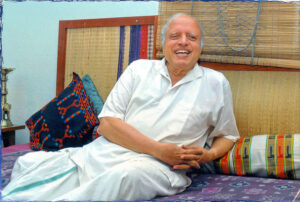
Such lists are gimmicks anyway and a result of political partisanship, recency bias and media narratives.
In this writer’s view, with no disrespect to those of yours, there isn’t anyone more worthy of the tag ‘greatest Indian since Independence’ than Dr MS Swaminathan. He provided the bedrock of science and built institutions up from scratch with scant resources to usher in the Green Revolution. His contributions made India not just food self-sufficient, helped 800 million poor escape hunger, but also turned it into a leading producer of every major agricultural commodity.
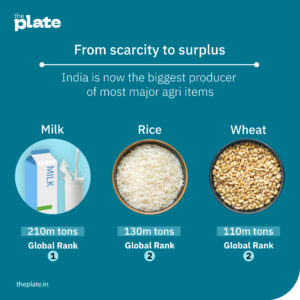
Faith and food
Swaminathan can be seen as the male embodiment of Annapoorna, a form of Parvati, the Hindu deity of food and nourishment, holding in one hand a Leitz binocular research microscope and his field notes in another, instead of the pot and ladle filled with food in popular religious iconography.
That both the Goddess of nourishment and Swaminathan, the scientific guarantor of food security, are now relegated in public consciousness is a measure of India’s progress and the liberty we now have to take access to food for granted.
Read the full story here
Follow ThePlate.in to understand India from farm to plate!
X: https://twitter.com/thePlateIndia
Instagram: https://www.instagram.com/theplateindia/
